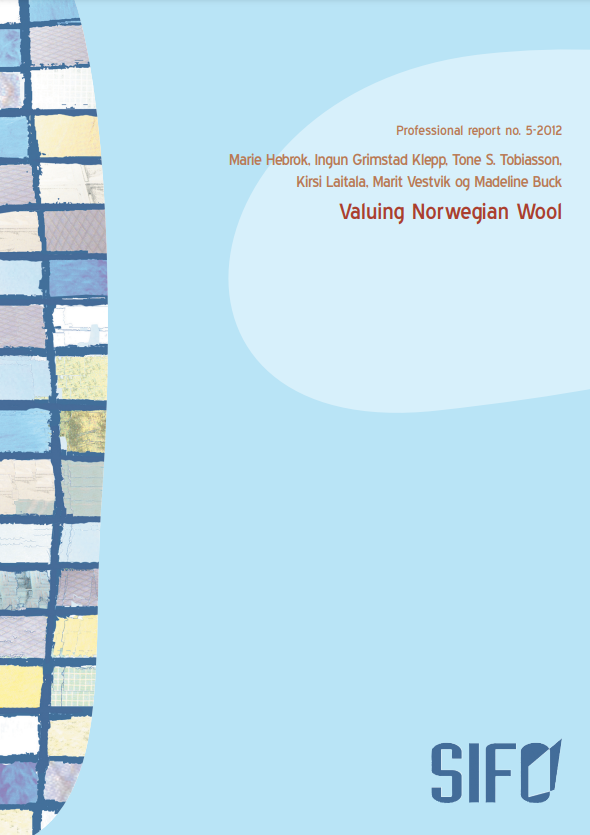Nisseluelandet—The Impact of Local Clothes for the Survival of a Textile Industry in Norway
Ingun Grimstad Klepp & Kirsi Laitala
Abstract
The article discusses the importance of local clothing for the survival of the Norwegian textile industry. It draws upon stakeholder interviews, as well as desktop research. Local clothes are discussed as they are understood by consumers, as knitted sweaters, bunads (Norwegian national costumes), and home-made clothing. The review shows how these products, and especially the materials used in their production, have been crucial for the continued existence of the Norwegian textile industry. We argue that the concept “local clothes” can contribute to showcasing resources outside the global “fast fashion” manufacturing system.
